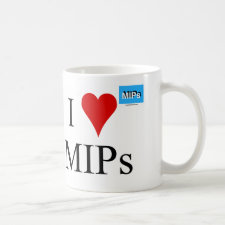
Authors: Wulandari M, Amran MB, Lopez ABD, Urraca JL, Moreno-Bondi MC
Article Title: Molecularly imprinted polymers-curcuminoids and its application for solid phase extraction.
Publication date: 2014
Journal: AIP Conference Proceedings
Volume: 1589
Page numbers: 400-403.
DOI: 10.1063/1.4868828
Alternative URL: http://scitation.aip.org/content/aip/proceeding/aipcp/10.1063/1.4868828
Abstract: Molecularly Imprinted Polymers (MIPs) for the selective recognition properties of curcumin (CUR), a cancer chemopreventive agent were obtained by a non-covalent imprinting approach with bisdemetoxycurcumin (BDMC) as the template molecule. The double bond of BDMC has been reduced in order not to be involved in polymerization and make the template molecules easy to be eluted. Several functional monomers have been evaluated to maximize the interactions with the template molecule during polymerization. MIPs prepared by bulk of N-(2-aminoethyl) metacrylamid hydrochlorideas functional monomer, ethylene glycol dimethacrylate as crosslinker, 2,2'-azobis (2',4-dimethyl valeronitrile) as initiator and acetonitrile as porogen. Non-imprinted polymer (NIP) have been also synthesized for reference purposes. UV-vis spectroscopy has been used to predict the template to functional monomer ratio which indicates the formation of 2:1 complexes between monomer and curcumin and the association constants (K11 = 2529 μM and K12 = 1960.75 μM in acetonitrile). The capacity and imprinting factor have been evaluated as stationary phases in high-pressure liquid chromatography to CUR and BDMC. The binding properties and the homogeneity of the binding sites of the different polymers have been studied by Freundlich isotherm modeling and weight average affinity and number of binding sites. One of the foremost applications of molecular imprinting has been in molecularly imprinted solid phase extraction and it has the ability to separate and preconcentrate between closely related compounds in curcuminoids.
Template and target information: curcumin, CUR
Author keywords: Curcumin, Bisdemethoxycurcumin, Bulk polymerization, Molecularly imprinted polymers



Join the Society for Molecular Imprinting

New items RSS feed
Sign-up for e-mail updates:
Choose between receiving an occasional newsletter or more frequent e-mail alerts.
Click here to go to the sign-up page.
Is your name elemental or peptidic? Enter your name and find out by clicking either of the buttons below!
Other products you may like:
 MIPdatabase
MIPdatabase









